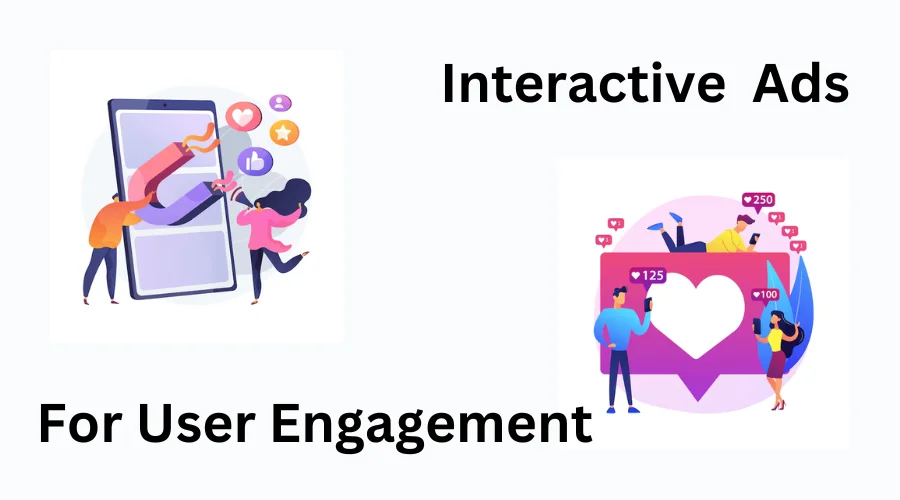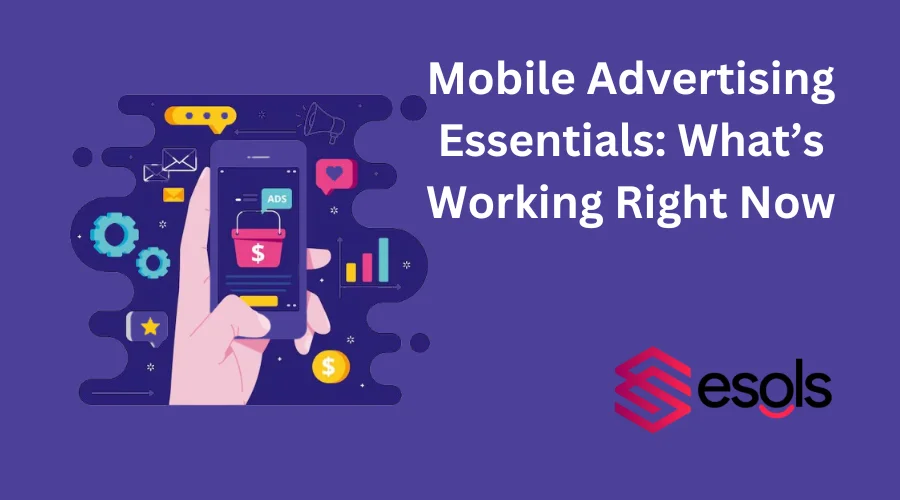Table of contents
Mobile advertising is now one of the most powerful tools in digital marketing. With more than half of all internet traffic coming from mobile devices, marketers need to understand the latest effective strategies to maximize reach, engagement, and conversions. This guide explores the essentials of mobile advertising, focusing on what’s truly effective today.
Personalized Advertising Through Data-Driven Insights
Personalized mobile ads perform significantly better than generic ones. With access to user data such as location, browsing habits, and previous purchases, marketers can deliver highly targeted ads. Here’s how it works:
- Customer Segmentation: Divide your audience into segments based on interests, demographics, or behaviors to deliver relevant messages.
- Behavioral Targeting: Leverage user behavior data to create ads that align with individual preferences.
- Retargeting Campaigns: Show ads to users who have previously interacted with your brand but didn’t convert. Retargeting through mobile ads keeps your brand top-of-mind.
Interactive Ads for Higher Engagement

Interactive ads are changing the mobile advertising game by inviting users to engage rather than passively view. These ads can include elements like quizzes, swipes, or playable previews, enhancing user interaction.
- Playable Ads: Commonly used in mobile gaming, these ads allow users to try a demo of a game or app before downloading, boosting install rates.
- Swipeable Ads: Swiping through multiple screens of content makes the ad experience more dynamic and can lead to higher engagement.
- Augmented Reality (AR) Ads: AR ads let users virtually try products, from makeup to furniture. This hands-on experience can significantly increase purchase intent.
Video Ads: Short and Engaging
Video ads remain one of the most effective mobile advertising formats, but the key is to keep them short, engaging, and attention-grabbing.
- Vertical Videos: Most users hold their phones vertically, so vertical ads remove the need for users to rotate their device, enhancing the viewing experience.
- Short Form Content: Aim for videos under 15 seconds to capture attention quickly without losing engagement.
- Stories and In-Feed Ads: Use platforms like Instagram Stories and TikTok to deliver video ads that integrate seamlessly into the user’s feed.
Geolocation-Based Advertising for Real-Time Relevance
Geolocation-based advertising allows marketers to reach users based on their current location. By using GPS and other location data, brands can deliver ads that are relevant to the user’s immediate surroundings.
- Geofencing: Sets a virtual boundary around a specific area, triggering ads when users enter that zone. Retailers use geofencing to attract customers who are near their stores.
- Beacons: Small devices that connect to nearby mobile devices, beacons are commonly used in physical stores to send ads, promotions, or notifications.
- Location-Based Push Notifications: Send relevant offers to users based on their location, such as discounts or alerts for nearby stores.
Optimizing for Speed and User Experience
Ad loading speed is crucial in the essentials of mobile advertising. Slow-loading ads or those that interfere with user experience can lead to high bounce rates. Focus on:
- Lightweight Ads: Compress images and videos to speed up loading times. Heavier ads can delay content, leading to frustrated users who may exit the app or site.
- Non-Intrusive Formats: Use native ads that blend seamlessly with the app or site, avoiding disruptive formats that block content.
- AMP (Accelerated Mobile Pages): Optimizing landing pages with AMP boosts loading speed and user experience, driving higher conversion rates.
Leveraging Social Media Platforms
Social media has become a central part of mobile advertising. With platforms like Instagram, TikTok, and Facebook, brands have access to vast mobile-first audiences.
- Influencer Partnerships: Collaborate with influencers who can create sponsored content, leveraging their trust and reach.
- Shoppable Ads: Ads on platforms like Instagram and Facebook that allow users to directly purchase featured items without leaving the app.
- User-Generated Content (UGC): Promote content created by users to enhance authenticity and trust. UGC ads, such as product reviews or testimonials, resonate well with potential customers.
Tracking and Analytics for Data-Driven Decisions
The effectiveness of mobile advertising hinges on tracking and optimizing performance through analytics. By understanding user interactions and behavior, brands can refine their strategies.
- Conversion Tracking: Track actions taken after users see your ad to measure success. This includes app installs, purchases, or sign-ups.
- Engagement Metrics: Monitor metrics like CTR, view time, and bounce rate to gauge user engagement.
- A/B Testing: Run different ad variations to see which version performs best. Testing elements like visuals, CTAs, and messaging can help refine your approach.
Conclusion
In the fast-evolving world of mobile marketing, understanding the essentials can significantly enhance campaign success. By leveraging personalization, interactivity, video content, in-app ads, location-based targeting, and optimizing for user experience, brands can create mobile ads that are not only engaging but highly effective at driving conversions. Staying updated on trends and routinely analyzing ad performance are crucial steps for thriving in the competitive mobile marketing landscape. Embrace these essentials of mobile advertising to boost your reach and impact.
Read More : 5 Common Mobile Marketing Mistakes and How to Avoid Them
Frequently Asked Questions (FAQs)
Interactive ads, video ads, and in-app ads are among the most effective formats for mobile advertising today.
Use interactive elements, personalize content, and keep ads short and visually appealing to capture user attention.
In-app ads often perform better due to the engaged audience within apps, precise targeting options, and better viewability.
Location-based ads are relevant to users’ immediate surroundings, increasing their chances of acting on the offer.

Smith
Welcome to my blog! As a digital marketing expert with over 15 years of experience, I’ve witnessed the transformative power of search engine optimization from the very beginning of my career. In this blog series, I’ll delve into the crucial role SEO and marketing play in the success of small businesses. Join me on this journey to uncover how leveraging data-driven insights and innovative SEO techniques can propel your small business to new heights, attract a broader audience, and drive sustainable growth in the digital age. Whether you’re a seasoned entrepreneur or just starting out, you’ll find valuable insights and practical tips to enhance your digital marketing strategies.


